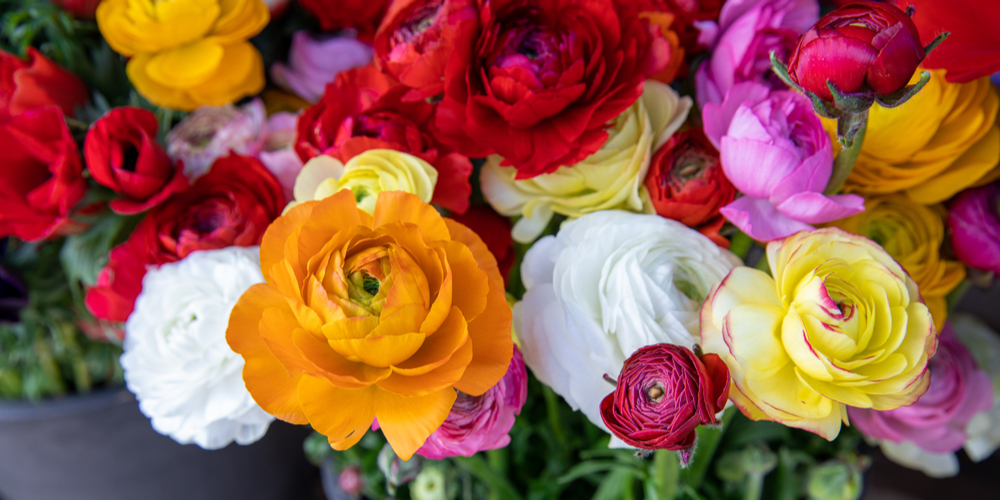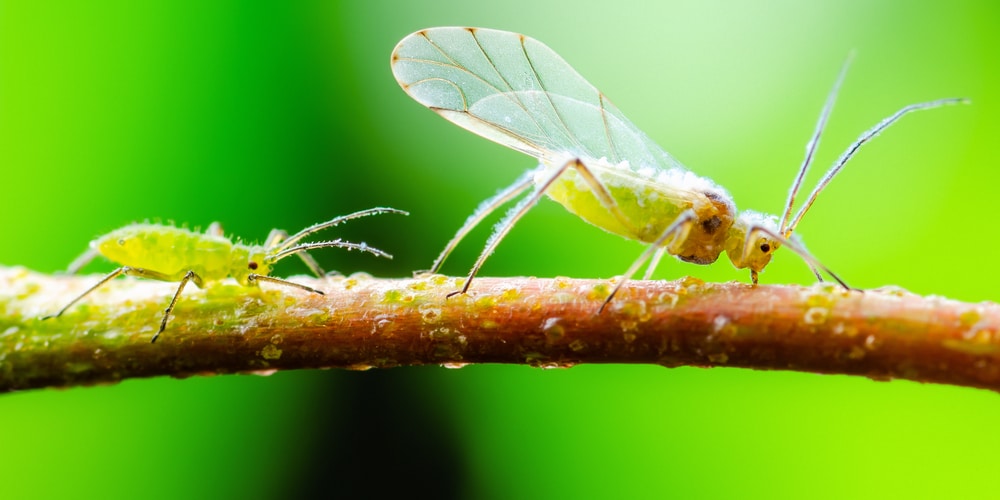With a flower so intricate and beautiful, spotting yellow leaves on your ranunculus may cause concern. In this article, we’ll address the common causes of yellow leaves on ranunculus plants. Additionally, we’ll provide tips and tricks to help you resolve the issue and prevent it from happening again.
Why Are the Leaves of My Ranunculus Yellow?

The leaves of a ranunculus plant naturally turn yellow at the end of the growing season, typically in late summer. But leaf discoloration can also occur prematurely due to inadequate sunlight, a lack of bioavailable nitrogen in the soil, or because a pest or disease has begun hosting on your ranunculus.
Natural Discoloration
If your ranunculus plant’s leaves begin to yellow near the end of summer, there is little cause for concern: the plant is simply completing its normal biological processes.
Ranunculus plants begin flowering in early spring and continue to grow until late summer. Upon completion of the growing cycle, the ranunculus goes dormant. While the ranunculus plant is dormant it diverts energy away from unessential life processes, such as the ones that keep foliage green.
Premature Discoloration
The discoloration of a ranunculus plant’s leaves is not always natural. Sometimes the premature discoloration of leaves can be triggered by suboptimal environmental conditions such as excessive shade, poor soil quality, or the presence of pests and disease.
Inadequate Sunlight
Ranunculus species need abundant sunlight to thrive. Outdoor specimens need at least 7 hours of direct sunlight to satiate their biological needs, while indoor specimens need sunlight throughout the day.
Observe your ranunculus several times throughout the day to gauge how much sunlight it’s receiving. Consider moving your ranunculus to a sunnier location if you frequently find it in shade.
Poor Soil Quality
Poor soil quality is the leading cause of premature leaf discoloration in many plants. Known formally as chlorosis, yellow leaf discoloration is often caused by a lack of bioavailable iron in the soil.
Iron can be added to soil artificially through fertilizer, but may not be bioavailable for your ranunculus plant without additional amendments. Consider purchasing a soil testing kit at your local hardware or garden supply to evaluate the quality of your soil.
In general, ranunculus plants will respond positively to the addition of organic materials and soil aeration.
Diseases and Pests
Ranunculus plants are hardy but are susceptible to root rot, powdery mildew, aphids, and other, more uncommon, pests and diseases.
Root rot expresses itself as a brown, white, or black fungus at the base of the plant. Root rot can occur for many reasons, but is most commonly associated with excessively wet, hot, and humid conditions. You can avoid the worst root rot by identifying the problem early and removing the affected plant material.
Powdery mildew expresses itself as a light, blue-gray dust that coats the stem and leaves of the plant. Many hobby gardeners swear by the use of baking soda to kill powdery mildew. Combine 1 teaspoon of baking soda with 1 quart of water in a spray bottle. Spray affected plants with the baking soda solution until the powdery mildew subsides.
Aphids are small fly-like creatures that feed on the stems and leaves of ranunculus plants. Use an insecticidal soap or a solution of water and dish soap to control aphid damage.
